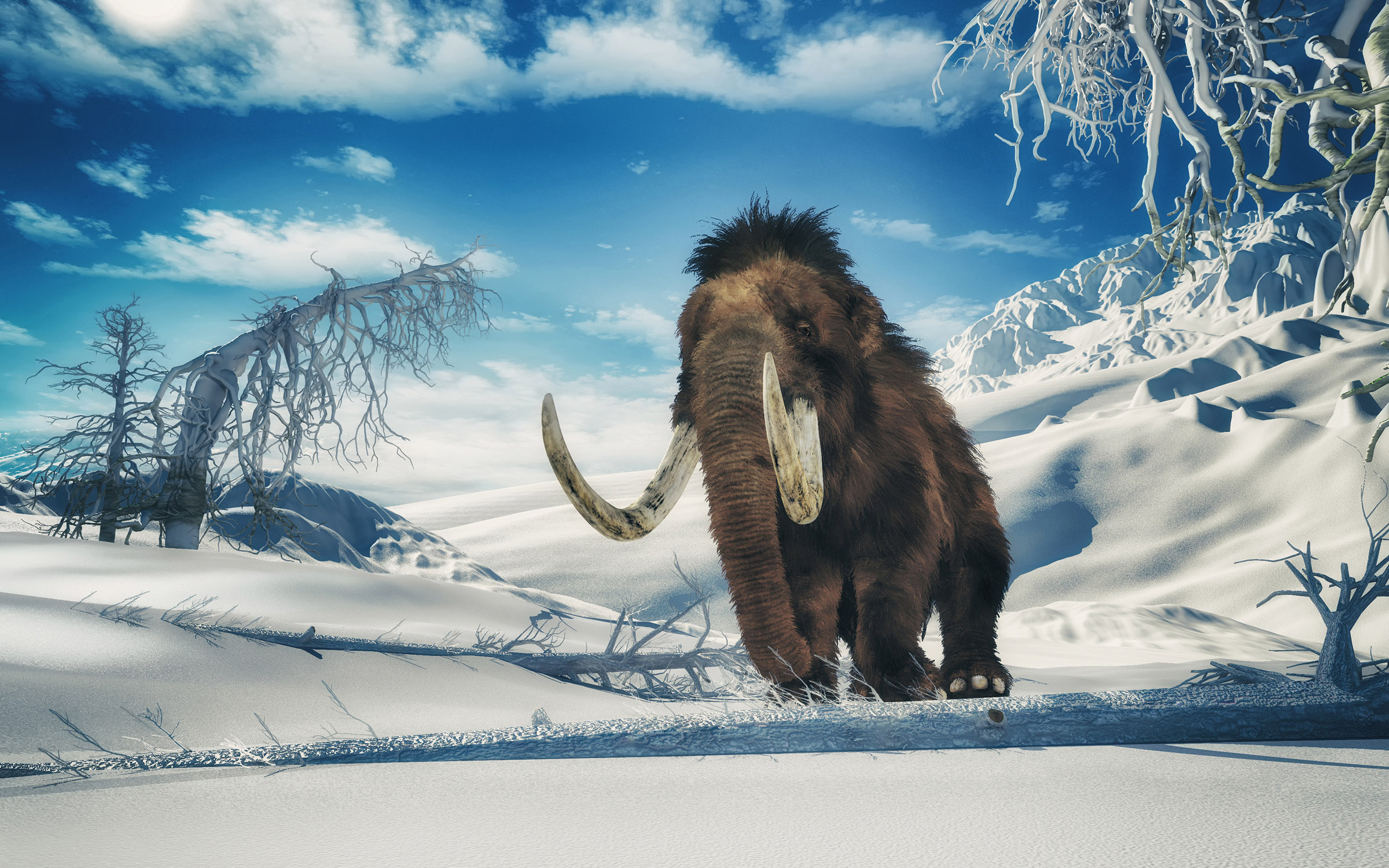Colossal Biosciences, which is known for its plans to revive extinct animals, says that it hopes to revive the woolly Mammoth in just four years. De-extinction has become a topic in quite a few circles in recent years, and the company has been at the forefront of the quest to restore long-dead species to the Earth.
The goal to revive the woolly mammoth by 2027 is a huge one, and the company has put much stock into how it plans to bring these extinct creatures back to life – as well as why it wants to do that. While there is always the prospect of undoing the damage that humanity has done to the ecosystem for some species, the woolly mammoth has been dead for over 4,000 years.

However, Colossal Biosciences believes bringing it and other species of extinct animals back to life could help combat climate change in the tundra. Colossal says that reviving the woolly mammoth would allow it to help better sustain plant life in the tundra, where it was once responsible for destroy certain trees that hindered the growth of important plant life in the frozen parts of our world.
The company’s goal is to complete gene editing on the mammoth DNA it has been experimenting with and then place a viable embryo into an African elephant. Once the mammoth has been birthed, it will be used to repopulate the arctic with more woolly mammoths that can help protect plant life in the tundra and hopefully turn back some of the losses caused by climate change.
This idea of reviving the woolly mammoth has garnered quite a bit of attention since the company first began its proposal, with even the CIA backing the plans to revive this cold-resistant elephant. This isn’t the only animal Colossal is trying to bring back to life. It also hopes to revive the Tasmanian tiger, which vanished in the 1930s due to hunting and competition with other animals.








